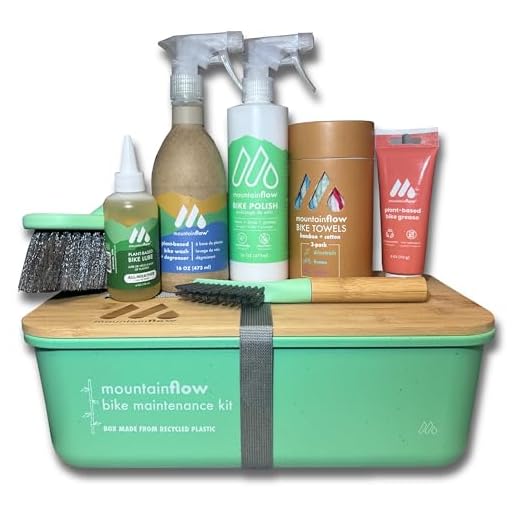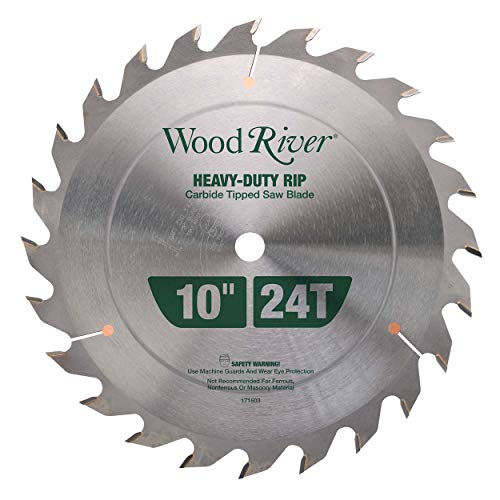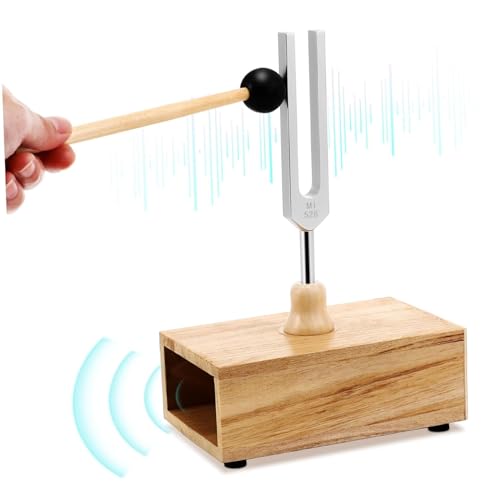




Having a properly tightened front tapered fork is crucial for maintaining control and stability while riding your bicycle. If you notice any looseness or play in your fork, it is essential to address it promptly to prevent potential accidents or damage. This article will guide you through the steps of tightening your front tapered fork, ensuring a safe and enjoyable riding experience.
Step 1: Inspect the fork
Before you start tightening the fork, carefully examine it for any signs of damage or wear. Look for cracks, dents, or excessive wear on the fork legs, steerer tube, and crown. If you notice any significant damage, it is recommended to take your bicycle to a professional bike shop for inspection and repair.
Note: It is crucial to follow the manufacturer’s instructions for your specific bicycle model to ensure proper tightening without causing any damage.
Easy Steps to Tighten a Front Tapered Fork
If you notice that your front tapered fork is becoming loose and causing wobbling or instability while riding your bicycle, it’s essential to tighten it to ensure your safety and optimal performance. Fortunately, tightening a front tapered fork is a simple process that you can do at home with a few basic tools. Follow the steps outlined below to tighten your front tapered fork effectively.
Step 1: Secure your bicycle
Before you start working on your front tapered fork, it’s crucial to secure your bicycle in a stable position. You can use a bike stand or lean it against a wall for support. This will prevent any accidental movements while you tighten the fork.
Step 2: Loosen the stem bolts
Locate the stem of your bicycle’s front tapered fork. The stem is connected to the handlebars and holds the fork in place. Using an Allen wrench, loosen the stem bolts slightly. These bolts are usually located on the top of the stem. Loosening them will allow you to adjust the tension on the fork.
Step 3: Adjust the tension
With the stem bolts loosened, you can now adjust the tension on the front tapered fork. Stand facing the front of your bicycle and firmly hold onto the handlebars. Use your other hand to apply downward pressure on the front wheel, pushing it against the ground. This will help eliminate any play or looseness in the fork.
Next, use your other hand to tighten the stem bolts gradually, alternating between sides. As you tighten each bolt, check the tension on the fork by moving the handlebars from side to side. Make sure there is no excessive play or wobbling. Continue tightening the bolts until the fork feels secure and the handlebars are stable.
Step 4: Test the fork
Once you have tightened the stem bolts, it’s essential to test the front tapered fork before riding your bicycle. Stand beside your bike and hold onto the handlebars. Apply gentle pressure to the fork by moving the handlebars back and forth and side to side. The fork should feel stable without any play or excessive movement.
If you notice any issues or if the fork still feels loose, repeat steps 2 and 3 to further tighten the fork. It’s crucial to ensure that the fork is secure before taking your bicycle out for a ride.
By following these easy steps, you can tighten your front tapered fork and enjoy a smooth and stable riding experience. Remember to check the fork periodically for any signs of loosening and tighten it as needed to maintain optimal performance.
Gather the Necessary Tools
Before you begin tightening the front tapered fork on your bicycle, it’s important to gather all the necessary tools to ensure a smooth and efficient process. Here are the tools you will need:
1. Socket Wrench
A socket wrench with the appropriate size socket is essential for loosening and tightening the bolts on the front tapered fork. Make sure to choose a socket that fits snugly on the bolts to prevent slipping and potential damage.
2. Torque Wrench
A torque wrench is a precision tool that should be used to tighten the bolts on the front tapered fork to the recommended torque specification. This ensures that the bolts are tightened to the correct level and prevents over-tightening or under-tightening.
3. Allen Key Set
An Allen key set is necessary for adjusting the compression and rebound settings on the front tapered fork. Different forks may require different sizes of Allen keys, so it’s important to have a complete set to ensure compatibility.
4. Grease
Grease is used to lubricate the bolts and prevent them from seizing or corroding over time. Apply a small amount of grease to the threads of the bolts before tightening to ensure smooth operation and longevity of the fork.
5. Cleaning Supplies
Before tightening the front tapered fork, it’s a good idea to clean the area around the bolts and fork to remove any dirt or debris that could interfere with the tightening process. Use a mild detergent, water, and a clean cloth to gently remove any dirt or grime.
By gathering and preparing these tools ahead of time, you can ensure a successful and safe tightening of the front tapered fork on your bicycle.
Securely Position Your Bike
When tightening the front tapered fork of your bike, it is crucial to properly secure the position of your bike. This ensures stability and safety while riding. Follow these steps to securely position your bike:
1. Find a level surface: Choose a flat and stable surface to position your bike. This will prevent any unwanted movement or wobbling during the tightening process.
2. Place the bike in a secure stand or against a wall: Use a quality bike stand or lean your bike against a sturdy wall to keep it upright and stable. This will make it easier to access and tighten the front tapered fork.
3. Straighten the handlebars: Ensure that the handlebars are straight and aligned with the front wheel. This will help maintain balance and control while riding.
4. Use a torque wrench: To tighten the front tapered fork properly, use a torque wrench. This will ensure that you apply the correct amount of torque, preventing over-tightening or under-tightening.
5. Tighten the headset cap bolt: Start by tightening the headset cap bolt on top of the stem. This bolt compresses the headset bearings and secures the fork in the frame.
6. Adjust the bearing tension: Use the appropriate tools to adjust the bearing tension of the front tapered fork. This will help eliminate any play or looseness in the fork while maintaining smooth steering.
7. Check the tightness: After tightening the front tapered fork, double-check the tightness of the headset cap bolt and the bearing tension. Make sure everything is secure and properly tightened before riding.
By securely positioning your bike and tightening the front tapered fork correctly, you can enjoy a safe and smooth riding experience. Remember to check your bike regularly and re-tighten if necessary, as parts may loosen over time due to vibrations.
Loosen the Stem Bolts
Before tightening the front tapered fork, it’s important to loosen the stem bolts. These bolts secure the handlebars to the stem and allow for adjustment.
Start by using an Allen wrench to loosen the two stem bolts located on the top of the stem. Turn the bolts counterclockwise to loosen them. Only loosen the bolts enough to allow for adjustment, as you don’t want them to come completely off.
Once the stem bolts are loose, you can adjust the handlebars to your desired position. This could be a higher or lower position, depending on your preference. Make sure the handlebars are straight and aligned with the front wheel before proceeding.
Re-tighten the Stem Bolts
After adjusting the handlebars, it’s time to re-tighten the stem bolts. Use the Allen wrench to turn the bolts clockwise, tightening them securely. Be careful not to overtighten the bolts, as this could damage the stem or handlebars.
Check that the handlebars are secure by applying pressure and attempting to move them. If there is any movement, tighten the stem bolts further until the handlebars are solid and immovable.
Test the Front Tapered Fork
Once the stem bolts are tightened, test the front tapered fork by gently pushing down on the handlebars while holding the front brake. The fork should compress slightly, but not excessively. If there is too much or too little resistance in the fork, you may need to adjust the tension or consult a professional bike mechanic.
Remember to regularly check and maintain the tightness of the stem bolts to ensure the safe operation of your bike.
Tighten the Top Cap Bolt
Once you have adjusted the tension on the front tapered fork, you need to tighten the top cap bolt. This bolt holds the fork in place and ensures that it doesn’t become loose while riding.
Here are the steps to tighten the top cap bolt:
- Align the top cap bolt with the hole on the top of the fork steerer tube.
- Insert the top cap bolt into the hole and hand-tighten it clockwise until it is snug.
- Use a torque wrench to tighten the top cap bolt to the manufacturer’s recommended torque specification. This is typically around 5-8 Nm, but check your fork’s user manual for the exact specification.
- Do not overtighten the top cap bolt, as this can damage the fork or other components.
- If you don’t have a torque wrench, tighten the top cap bolt as much as you can using an Allen key, but make sure not to use excessive force.
- Once the top cap bolt is tightened, check that the fork is still aligned and moves freely without any wobbling or play.
- If you notice any issues or abnormalities, consult a professional bike mechanic for further inspection.
Tightening the top cap bolt is an essential step in properly securing the front tapered fork. Make sure to follow the manufacturer’s guidelines and take your time to ensure a safe and reliable ride.
Re-tighten the Stem Bolts
Once you have adjusted the tension on the front tapered fork, the next step is to re-tighten the stem bolts. These bolts are responsible for securing the stem, which connects the handlebars to the fork.
Here’s a step-by-step guide on how to re-tighten the stem bolts:
Step 1: Loosen the Bolts
Using an Allen wrench, carefully loosen the stem bolts just enough so that the stem can rotate freely. Be sure not to completely remove the bolts.
Step 2: Align the Handlebars
While holding the front wheel between your knees to keep the bike stable, align the handlebars in the desired position. Ensure that the handlebars are straight and aligned with the front wheel.
Step 3: Tighten the Bolts
Starting with the top bolt, gradually tighten each stem bolt in a diagonal pattern. This helps distribute the pressure evenly and prevent damage to the fork or stem. Use a torque wrench to ensure the bolts are tightened to the manufacturer’s recommended torque specification.
It’s important not to over-tighten the bolts as this can lead to damage or failure. If you’re unsure about the correct torque specification, consult the bike’s manual or seek advice from a professional bike mechanic.
Once the stem bolts are properly tightened, check the alignment of the handlebars again to ensure they haven’t shifted during the tightening process. If necessary, make any adjustments needed to achieve the desired position.
By re-tightening the stem bolts, you’ll ensure that the handlebars stay securely in place while riding, providing you with a safe and comfortable biking experience.








